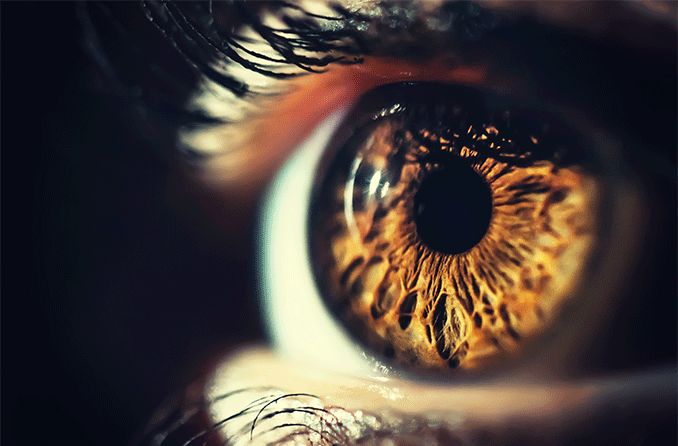Colored part of the eye

What is the colored part of the eye called?
The iris is the colored part of the eye. It helps control the amount of light that enters your eye. It surrounds the pupil, the dark center of your eye. The iris and pupil team up to regulate how much light focuses on the retina, which detects light and tells the brain to kick off the vision process.
How the iris gets its color
The color of the iris shares a genetic neighborhood with the color palette of your skin and hair.
Chemical compounds known as pigments give plants and animals their color, and they do the same for our skin and hair. You also can give credit to a pigment called melanin for producing the color of your eyes.
Your eye color results from the amount and quality of the melanin in the front layers of the iris. Melanin comes in black, brown, red and yellow hues.
The color of the iris ranges from light blue to dark brown, with green, hazel and brown also appearing on the color spectrum.
Variations in our genes dictate eye color. Most of those genes contribute to making, moving and storing melanin. The amount of melanin determines your eye color. Blue and gray eyes have very little melanin, while eyes with a tad more melanin are green, hazel or light brown. Eyes with the most melanin are amber, medium brown or dark brown.
In case you were wondering, the pupil normally stays black, but a camera flash lighting up the retina can make the pupil appear red. Meanwhile, the white portion (sclera) usually remains white, although certain conditions can lead to a yellow or blue color and inflammation can generate a red or pink hue.
READ NEXT: Floppy Iris Syndrome
The role of genes in eye color
Two genes located on one chromosome play a key role in eye color. A chromosome is a package of DNA, which is the genetic material that makes each person unique. Several other genes also contribute to eye color.
The eye color of parents or other relatives can signal what a baby’s eye color will be, but genetic differences can lead to a child having blue eyes when the parents’ eyes are brown. In other words, it can be tough to accurately predict what a baby’s eye color will be.
“Though we used to think eye color came from a relatively simple pattern of inheritance, in recent years scientists have found that it’s determined by many genes acting in tandem. What’s more, tiny tweaks on a gene can result in different shades in the iris,” according to Popular Science.
It takes about a year for melanin to do its job in determining what a baby’s eye color will be, although the change in eye color decreases after the six-month mark. However, eye color can change even into adulthood.
Conditions that may alter eye color
Some people are born with or may develop abnormalities in eye color.
Fewer than 1% of people in the world have eyes with two different colors, such as one brown eye and one blue eye. This condition is known as heterochromia, which causes uneven concentration and distribution of melanin. Heterochromia frequently is genetic, but it also can be triggered by injury, inflammation or glaucoma.
Some babies are born with a collection of genetic conditions called Waardenburg syndrome. Often attributed to genetic mutations, this syndrome can cause changes in eye, skin and hair color, as well as cause hearing loss. Many people with Waardenburg syndrome have pale blue eyes or have two different eye colors. In some instances, parts of one eye may have two different colors.
People with another condition, albinism, have little or no pigment in their eyes, skin and hair. In some cases, people affected by albinism appear to have red or violet eyes.
READ NEXT: What is iridology?
Page published on Thursday, March 4, 2021




